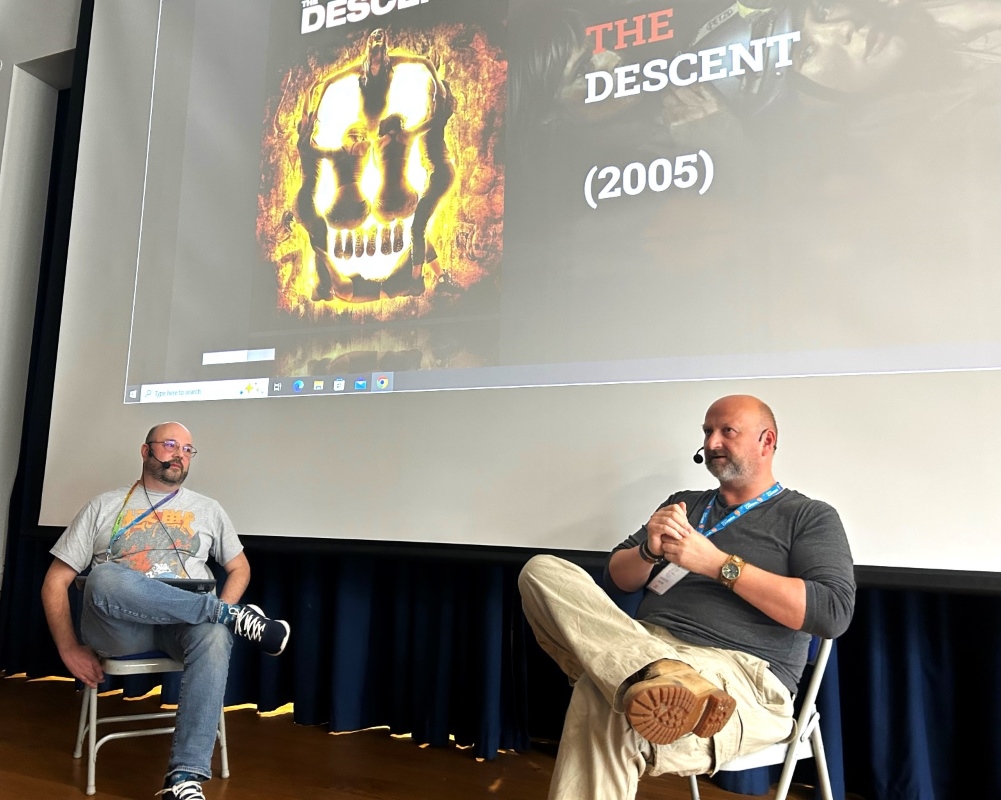How education can help bridge the United Kingdom’s digital skill gap

In this article, Rajesh Gansean discusses the UK’s digital skills gap. How technology has transformed the workplace, and how education and employers can collaborate to build a digitally skilled workforce.
Technology has transformed the workplace; almost every company today is tech-powered. New developments in AI, along with increasingly sophisticated cyberthreats, have served to highlight how this shift demands a future workforce that is prepared and digitally skilled. However, new research shows that two-thirds of UK businesses are facing a digital skill gap in their workforce. For the UK to remain competitive and for businesses to digitally transform, this gap needs to be bridged.
The good news is that 89% of employees “are motivated to acquire new digital skills,” and 80% of Gen Zers aspire to work with innovative technology. This shows that there is enthusiasm and willingness from the workforce and students to learn and acquire technological skills and knowledge. This enthusiasm along with the UK’s current shortfall in technology talent suggest that now is the optimal time for education leaders and employers to act. Also, by working in sync, they can build a more digitally robust future.
First, we must look to education. The focus should be on ensuring that school curricula keep pace with technology changes to build a foundation in the technology skills so desperately needed. Coding becoming part of curricula in 2014 was a great first step. Now, with the emergence of technologies such as AI, schools should respond and incorporate these tools into the classroom.
Reshaping school curricula
Mathematics, languages, and physical education are all considered integral to a school’s curriculum. IT and technology courses need to be viewed in the same way. According to Dell, more than one-third of Gen Zers feel their school did not prepare them with the technology skills they needed for their planned career, and 56% received very basic or no training in digital skills.
School curricula should be updated in line with emerging technologies to ensure that we plug these shortages. For instance, responding to the emergence of AI by teaching children the basic concepts of how AI works will be instrumental in closing the skill gap as well as creating a more security-focused generation. Students must understand how security threats appear online and how their data can be used so that they can remain vigilant and not fall victim to cyber scams.
The first step is demystifying digital skills. Older children may think that coding and data skills are too difficult, inaccessible, or even boring. Schools should focus on teaching digital skills with an innovative, thought-provoking approach. For instance, learning coding is like learning a language, and applying problem-solving and creative approaches to teaching such skills can support learning initiatives.
Making all professions more accessible and encouraging on-the-job learning
With 36% of Gen Zers planning to regularly acquire new digital skills to ensure continuous employment, the future looks bright.With technology and engineering graduates in short supply, employers need to think creatively about how alternative qualifications and different routes of entry, like apprenticeships and on-the-job training, can lead to successful careers within the technology industry.
Apprenticeships can help make learning more contextual and effective. They offer employers the chance to connect with talented people who are starting or restarting their careers. Additionally, these programmes can be structured to meet specific business needs and designed to fill the critical skill gap specific to an organisation.
At ManageEngine, we have a few guiding principles when it comes to recruitment, particularly for entry-level positions, which is one reason why our people typically stay with us for a long time. One of these principles is that an employee’s ability to think and communicate clearly, their ability demonstrate their approach to solving problems, and their level of interest in the job are crucial.
ManageEngine does not expect employees to come prepared with all the skills and knowledge they need for the job; instead, we believe that learning is contextual. That is why we have on-the-job training. It is also why we focus on constant upskilling throughout the job life cycle, which ensures that employees stay up to date with changing technologies and specific skills.
Having the right tools in place
For educational initiatives to succeed, all the key stakeholders, including the students, staff, parents, and alumni, need to have access to the right technologies in their learning environment. At ManageEngine, we believe that the IT teams in educational institutions, particularly the IT service management and service desk teams, should act as the enablers of this digital adoption. As mentioned in ManageEngine’s e-book, The 5-step guide to building an IT self-service portal that works for your university, an IT self-service portal can act as a technology gateway for an educational institution.
Although technologies like mobile devices and cloud computing have already become an integral part of our education ecosystem, ensuring the seamless, secure, optimal usage of these technologies is up to the IT teams. IT service desk teams should be prepared to collaborate with the faculty members by delivering their technology requirements to create an effective learning environment. This can be achieved by building an effective IT self-service portal that provides all the key stakeholders with role-based access to digital services and applications.
The future of technology in education
According to FDM Group, “the digital skills gap is one of the most concerning issues the technology industry currently faces.” From championing apprenticeships to thinking outside the box when it comes to hiring, there are several actions that employers can take to address this issue today. However, the answers to plugging the gap are complex and will require the education sector to also play its part in updating school curricula. If all young people receive an education in basic IT and technology skills, this will show them what is possible and support greater diversity in all professions.
By Rajesh Ganesan, president, ManageEngine











Responses